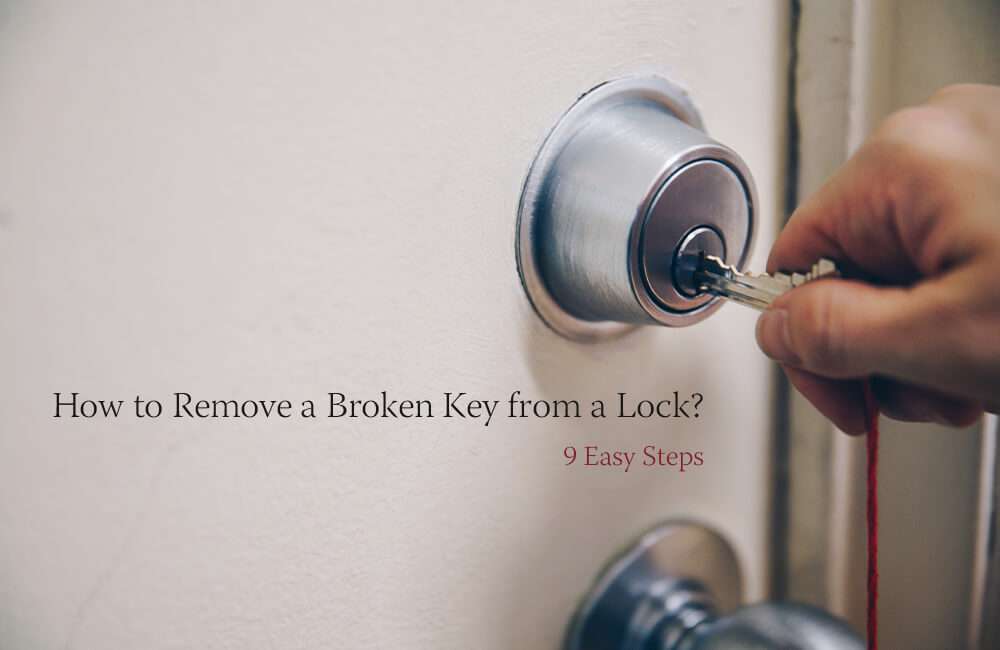The key is one of the essential items in our daily lives, and it is present in various aspects of our lives. We need keys for unlocking room door locks, unlocking vehicles, unlocking cabinets, and so on. However, like many other items, keys can also wear out and become damaged or break when used improperly or over a long period of time. Therefore, it is important to discuss how to remove a broken key from a lock.
In this article, we will introduce specific methods for extracting a broken key from the lock cylinder, so that you can understand which method is most suitable for you and better solve the problem.
1. Tools
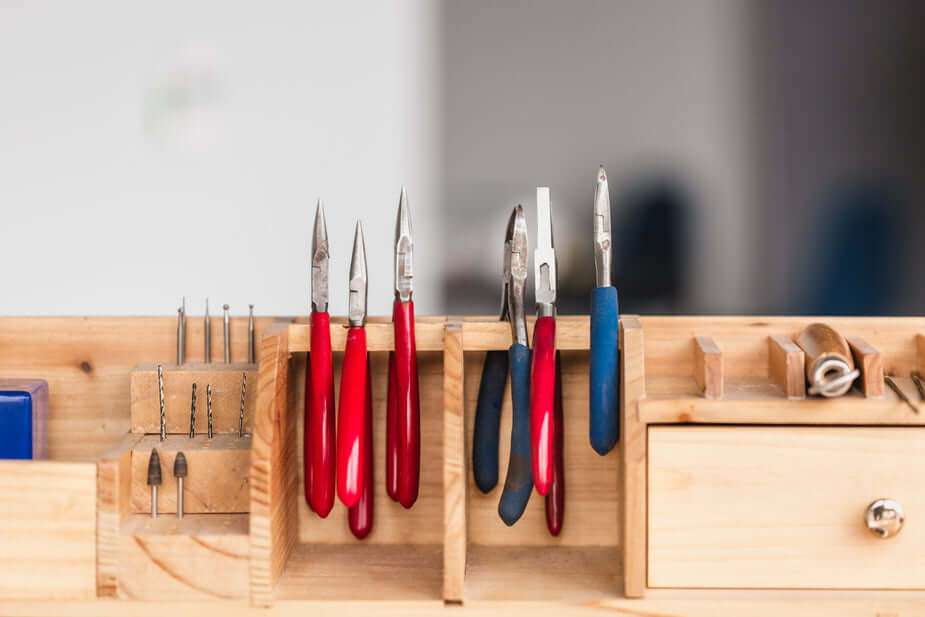
There are many methods for removing a damaged key from the lock cylinder, and there are also various auxiliary tools available. It can be super glue, lubricant, pointed tools, tweezers, or small objects you have on hand, such as a cellphone flashlight, hairpin, small knife, paperclip, and so on.
With the appropriate technique, the key can be successfully extracted. However, you need to be careful because if you lack the technique, no matter how good the tools are, they may not be of much help and could push your key deeper into the lock.
2. Assess the situation
Before attempting any key extraction method, take some time to assess the situation. Determine how many keys are broken inside the lock. This will help you choose the most suitable method and tools for the extraction process.
What you can do?
Method 1: Pliers or Tweezers
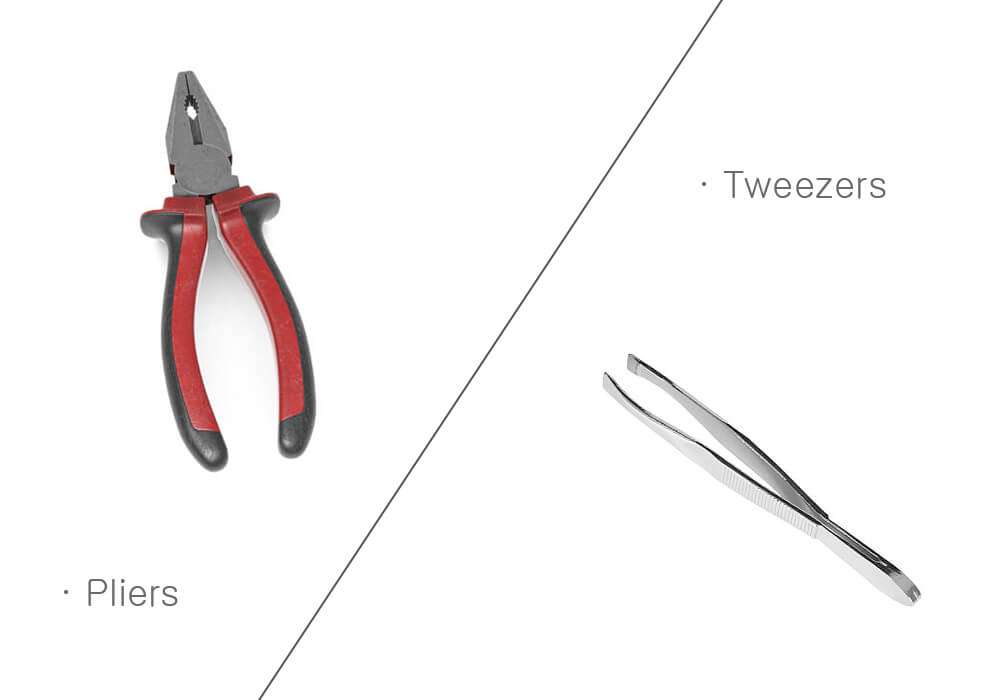
If the broken key is protruding enough, you can try using pliers or tweezers to gently pull it out. Make sure the pliers or tweezers have a slim shape to fit into the keyway.
Grip the key fragment tightly and pull it straight out without applying excessive force. Turning or wiggling the key will further jam it, making extraction more difficult.
Method 2: Needle-nose Pliers
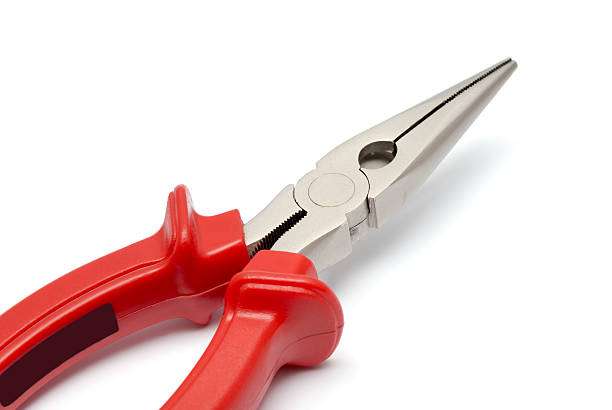
If your key is not broken too deep position and is visible but hard to grasp with regular pliers or tweezers, needle-nose pliers might come in handy.
These pliers have long and narrow jaws that can reach deep into the keyway to grip the damaged key fragment. Carefully insert the needle-nose pliers into the lock, align them with the key fragment, and gently pull it out.
Method 3: Hooked Key Extractor
A key extractor tool is a specialized lock extractor tool used to remove broken keys from a lock cylinder. These tools have a hooked or barbed end that can be inserted into the keyway to capture and remove the damaged key piece. Insert the hook tool into the lock next to the broken key and carefully pull it out.
Key extractor tools come in various sizes, so choose one that matches the size of the keyway.
Method 4: Spiral Key Extractor
It is one of the more commonly used key removal tools. This tool is slender, making it relatively flexible.
Insert it into the gap between the lock pins and the broken key, and push it in as far as possible. But be careful not to push the key further in. Then slowly rotate the spiral key extractor to maneuver the key and pull it out from the inside.
Once the key is exposed, you can use tweezers to grasp and remove it.
Method 5: Paperclip or Wire
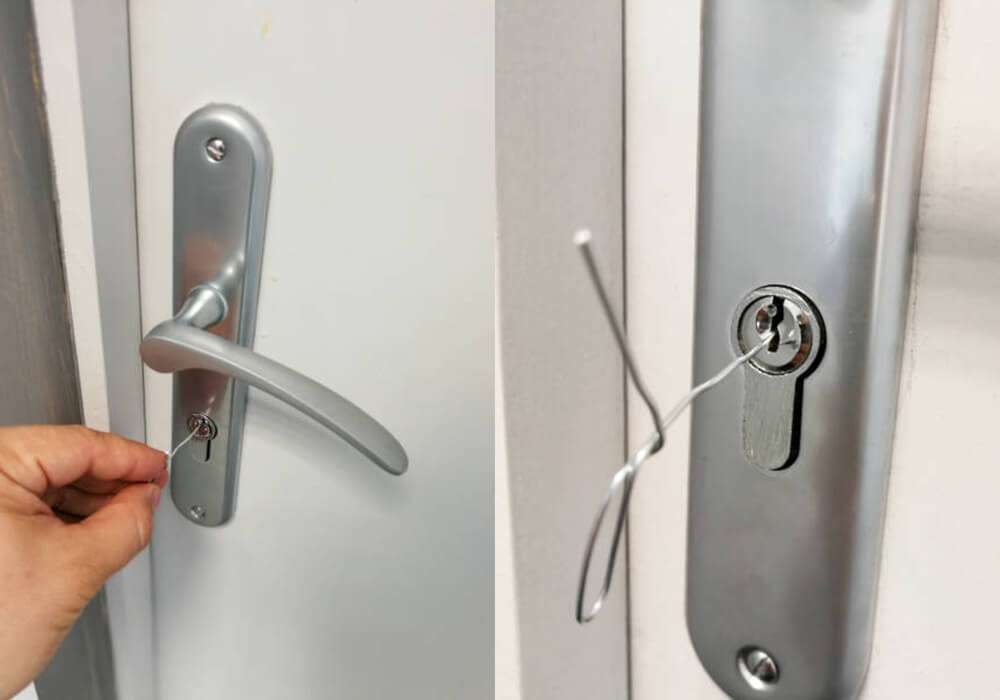
In certain situations, you can try to use the paperclip method. A straightened paperclip or a thin soft metal wire can be used as a temporary tool to extract a broken key. Especially when the key is protruding from the lock cylinder.
If the gap between the key pins and the lock cylinder is wide enough, you can insert the straightened paperclip into it, catch the key pin, and pull it out.
Alternatively, you can use two paperclips to grip the key pin from both sides and pry it out.
Using lubricant for locks in conjunction with this method may make it easier.
Method 6: Lubricant
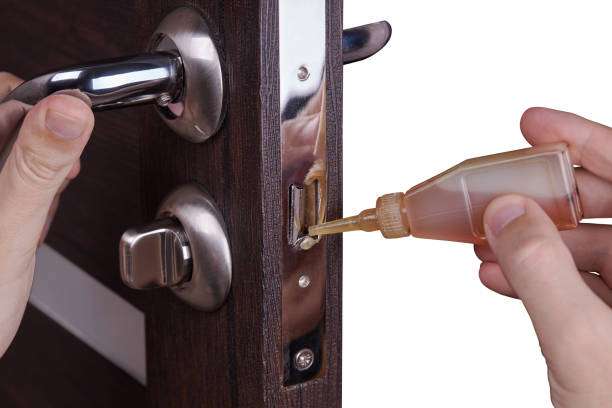
If the broken key is deeply lodged inside the lock and inaccessible, you can try using lock lubricant in combination with tapping or shaking, such as graphite or WD-40.
Apply a generous amount of lubricant into the keyway to allow it to penetrate the locking mechanism. Then tap the lock gently with a rubber mallet or the handle of a screwdriver. The vibrations produced by tapping may dislodge the damaged key, allowing you to pull it out.
Method 7: Super Glue

Sometimes, superglue can be more useful than you might think. If the broken key is entirely inside the lock and inaccessible, glue can be an effective choice.
Apply a small amount of super glue to the end of the broken key and wipe off any excess glue. Then align the glued end with the key inside the lock cylinder and press them together.
Wait for a few minutes until the glue dries, and then attempt to gently pull out the key.
If you’re concerned about they are prone to misalignment, you can use other thin and rigid items such as toothpicks or hairpins.
Please note that this process needs to be done carefully and patiently to avoid getting glue inside the lock cylinder or dirtying anything.
Method 8: Hot Glue Stick
If the broken key position is close enough to the front and accessible, you can also try using a hot glue stick. Heat the glue stick with a lighter and then melt it before inserting it into the lock. Once it cools down, try to pull it out and the broken key.
However, this method is generally not recommended as the hot glue stick has a larger surface area. It may leave a significant amount of residue on the surface of the lock cylinder during the cooling and hardening process, making key extraction more difficult or potentially further damaging the lock.
Method 9: Drill
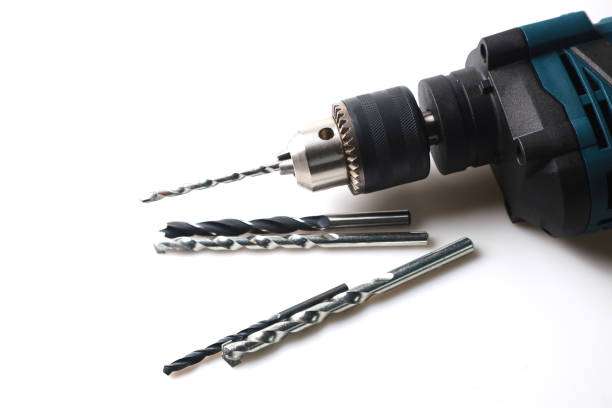
Using a drill to extract the broken key from the lock cylinder should be the last resort. Approach this method with caution as there is a risk of further damaging the lock. If you’re unfamiliar with this technique, it is strongly recommended to contact a professional locksmith.
Insert the drill bit into the keyway, aligning it with one side of the broken key. Carefully push it in until it makes contact with the damaged key. Then, with a steady hand, apply slight pressure on the drill bit while keeping it aligned straight.
While maintaining pressure on the drill bit, gently pull out both the drill bit and the broken key from the locking cylinder.
Be careful not to apply excessive force or twist the drill bit, as it may cause the drill bit to break or further damage the lock. Once the head of the key is exposed, you can use a tool similar to tweezers to pull it out.
Please note that you should choose a drill bit slightly smaller than the width of the keyway. It should be narrow enough to fit into the keyway without touching the sides of the lock cylinder.
Don’t do
- Hammer or Impact Tools: Using a hammer or other impact tools to try and dislodge the broken key from the lock can potentially damage the lock mechanism or even break the key further inside the cylinder.
- Drilling Without Proper Experience: Drilling into the lock cylinder without the necessary expertise can lead to irreparable damage to the lock. It is best to leave drilling to professional locksmiths who can perform it with precision if required.
- Wire or Coat Hanger Manipulation: Trying to manipulate the broken key or extract it using wire, coat hangers, or similar objects may cause the key to push further into the lock or damage the lock pins, resulting in more complicated repairs.
- Excessive Force: Applying excessive force to the lock or key can bend or break the key even more, making the extraction process more difficult. It is important to exercise caution and avoid forcing the key.
Or you can
Call emergency locksmith services

If all attempts to remove the broken key fails, or you’re uncertain how to remove the broken piece from the lock safely, it’s advisable to seek professional locksmith assistance. Locksmiths possess specialized tools and expertise to safely remove broken keys without causing damage to the lock or door.
Learning more
Some prevention tips
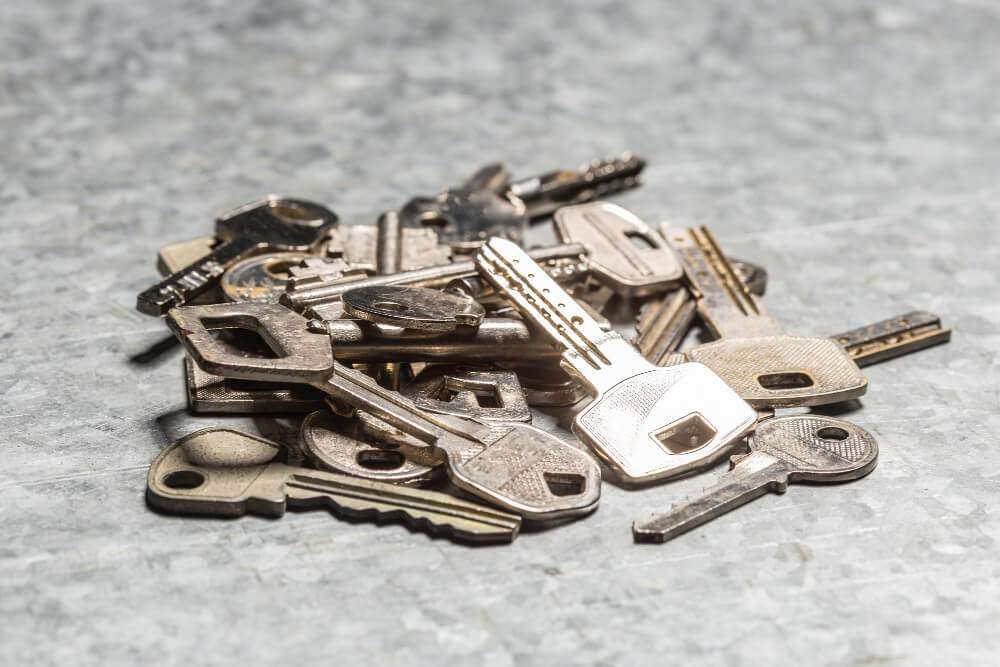
To avoid future occurrences of broken keys in locks, consider the following prevention tips:
- Avoid Excessive Force: When inserting or turning a key in a lock, avoid using excessive force. Applying too much pressure or twisting the key aggressively increases the risk of it snapping inside the lock. Use gentle, controlled movements when operating the key.
- Use High-Quality Keys: Invest in high-quality keys that are made from durable materials. Low-quality or cheap lock keys are more prone to bending or breaking. Consider getting keys made from materials like brass or nickel silver, which offer better strength and resilience.
- Replace Worn-Out Keys: If your key is worn out, bent, or shows signs of damage, replace it promptly. A worn-out key is more likely to break inside the lock. Regularly inspect your keys for any signs of wear and have them replaced by a professional locksmith when necessary.
- Regularly proper maintenance: Proper lubrication is essential for maintaining the smooth operation of locks. Use a lubricant specifically designed for locks (such as graphite-based lubricants) and apply it to the keyway periodically. Lubrication to time to prevent key broken and lock cylinder damage.
- Avoid Forceful Key Removal: When removing a key from a lock, do not pull or yank it forcefully. Instead, use a gentle pulling motion while holding the key near its base. Forcing a key out of the lock can lead to it snapping, particularly if it’s already weakened or damaged.
- Have Spare Keys: It’s a good practice to have spare keys for your locks. Keep them in a safe and easily accessible place, such as with a trusted family member, friend, or in a secure key holder. Having spare keys ensures that you won’t have to resort to using a damaged or compromised key that may break inside the lock.
- Seek Professional Help: If you encounter any difficulties with a key or lock, it’s advisable to seek professional assistance. Trying to force or manipulate a broken key yourself can worsen the situation and potentially cause damage to the lock. Professional locksmiths have the knowledge, tools, and expertise to handle key extractions and lock-related issues safely and effectively.
What should I do if the key card gets stuck in the lock?
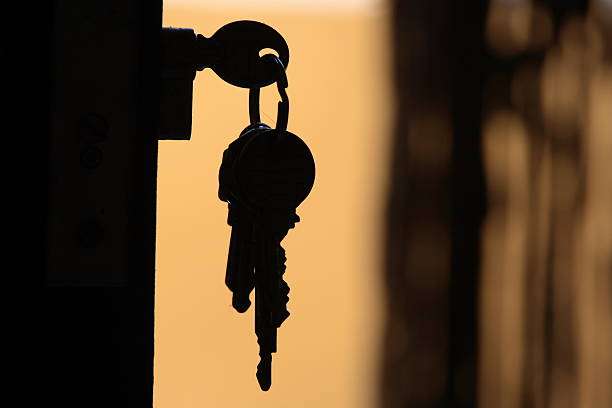
When keys are used excessively, it is common for the key to get stuck in the lock. In order to address this issue, we will analyze it here and provide some solutions that we hope will be helpful.
Each specific problem requires a specific analysis. The situation where the key gets stuck can be divided into two main cases: the key cannot be turned and the key can be turned.
If the key cannot be turned, it indicates a problem with the lock cylinder. This situation often occurs when the lock cylinder is loose or lacks lubrication.
- The simplest solution is to remove the lock cylinder and manually push the loose lock cylinder back to the lock housing. And then rotate the key hole to the unlocked position where the key can be taken out.
- If the lock cylinder lacks lubrication, you can add a small amount of lubricating oil. Then try turning the lock cylinder, and you will be able to successfully remove the key in lock.
If the key can be turned, it indicates a problem with the lock body. Common lock body malfunctions include worn lock body spring detents or a stuck deadbolt.
- Lubricating the lock body through the spring detent hole on the lock body. Ensuring the reset spring of the lock body’s lock tongue detents is well lubricated. This will restore smooth operation and resolve the issue of the key getting stuck in the lock cylinder.
- If the key is stuck in the lock cylinder due to a stuck deadbolt, you can use the method of manipulating the connecting rod of the deadbolt to restore the lock body to its normal unlocking state. This will easily solve the door lock problem.
It is important to note that after resolving the issue of the key getting stuck in the lock cylinder due to lock body malfunctions, it is necessary to promptly identify the problem reason. And replace the faulty lock components to avoid situations where the key cannot unlock the lock.
How do mechanical keys and keyhole cylinders work?

Mechanical keys and keyhole cylinders work together to secure and unlock a lock. Here are their working details:
Insertion: The mechanical key is inserted into the keyway of the keyhole cylinder. The keyway is designed to accept the specific shape and size of the key.
Alignment: As the key is inserted, the unique cuts, notches, and grooves on the key align with corresponding grooves or channels inside the keyway of the keyhole cylinder. This alignment is crucial for the proper operation of the lock.
Pins or Tumblers: Inside the keyhole cylinder, there are typically a series of pins or tumblers. These pins or tumblers are spring-loaded and rest in a locked position when no key is inserted.
Shear Line: The shear line is the gap between the top and bottom pins or tumblers. It represents the point at which the lock can rotate freely.
Key Rotation: When the correct key is inserted and fully aligned, it can be rotated. As the key rotates, it lifts the pins or tumblers to different heights within the keyhole cylinder.
Alignment of Pins or Tumblers: As the key is rotated, the cuts on the key lift the pins or tumblers to precise heights that align with the shear line. When the correct alignment is achieved, the pins or tumblers divide into two sections, with some sitting above the shear line and others below it.
Shear Line Clearing: Once the pins or tumblers align with the shear line, the key can rotate freely. This clearance creates a separation between the inner and outer cylinder of the lock, allowing the lock to unlock or lock.
Locking or Unlocking: Depending on the direction of rotation, when the key is turned, it either engages or disengages the locking mechanism of the lock, allowing the bolt or latch to move freely or be secured.
By properly aligning the cuts on the key with the pins or tumblers inside the door lock keyhole cylinder, the key can lift and align the pins or tumblers with the shear line, enabling the lock to be operated and granting access or securing the door or object.
Conclusion
Please note that if you still have difficulty understanding the above methods or if the situation becomes challenging, it is essential to proceed with caution and consider seeking professional assistance. We hope this article can solve your problems, and if you find this article helpful, we would greatly appreciate it if you could share it with friends who may also need it.
Related Blog
With more than 20 years of smart lock experience, YGS could provide a set of hotel door lock management solutions for your hotel business.
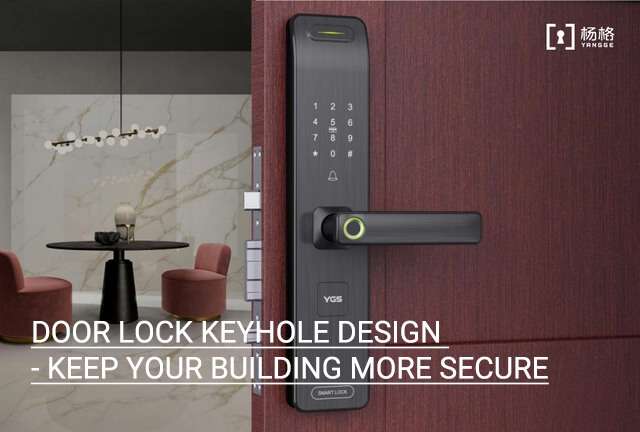
Mar 24, 2023 | Resources
When it comes to door locks, one crucial element that is often overlooked is the door lock keyhole design. The keyhole design can play a significant role in the security of the building, as it affects how easy or difficult it is for someone to pick the lock…
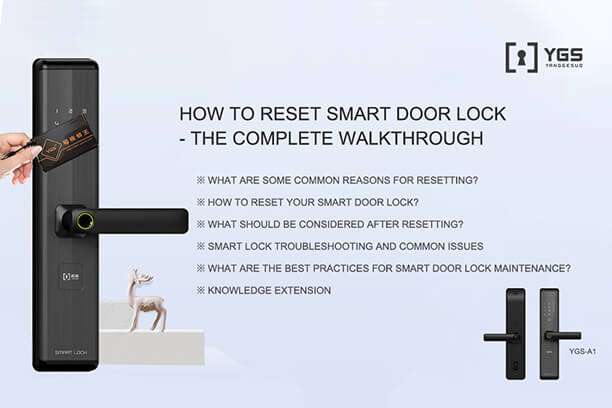
May 26, 2023 | Resources
Smart door locks have gained tremendous popularity in recent years, revolutionizing the way we secure and access our homes and businesses. These smart security products – smart door locks offer a convenient and secure alternative to traditional locks, allowing us to enter our…

Feb 28, 2023 | Resources
When it comes to choosing a lock for your home or business, there are a lot of factors to consider. Two common types of locks that are often compared are mortise locks and cylindrical locks. While both offer a degree of security, they have significant differences in terms of their construction, installation, and functionality. Here, we’ll…
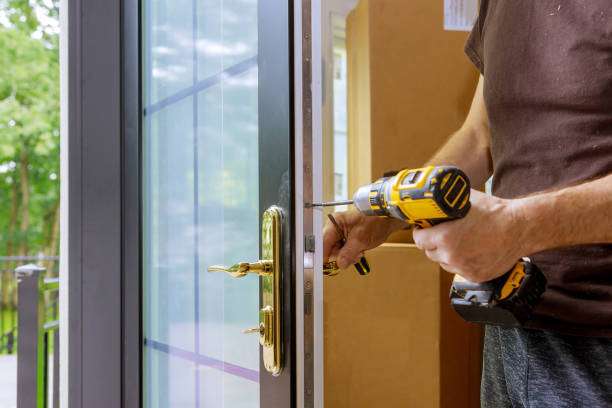
Nov 28, 2022 | Resources
With the generational change in the hotel access control system, the old hotel door locks can no longer meet the needs of modern hotels. For convenience and safety considerations, many hotels decided to replace the old hotel…
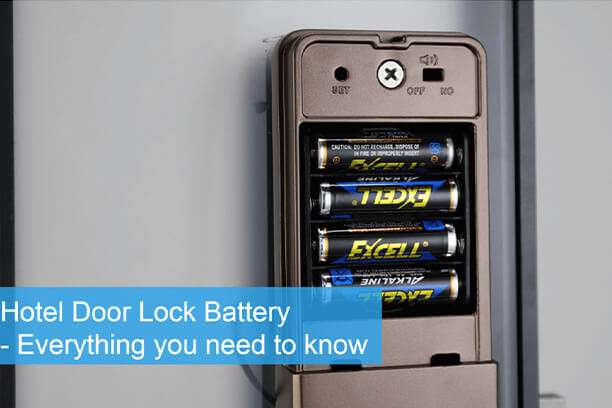
How to change batteries in door lock?
Dec 16, 2022 | Resources
Are you wondering how to change batteries in door lock? In this article, you will get a complete guide about the lock battery, including the lock’s battery level checking, the lock battery types, a step-by-step guide to replacing your dead battery, etc…
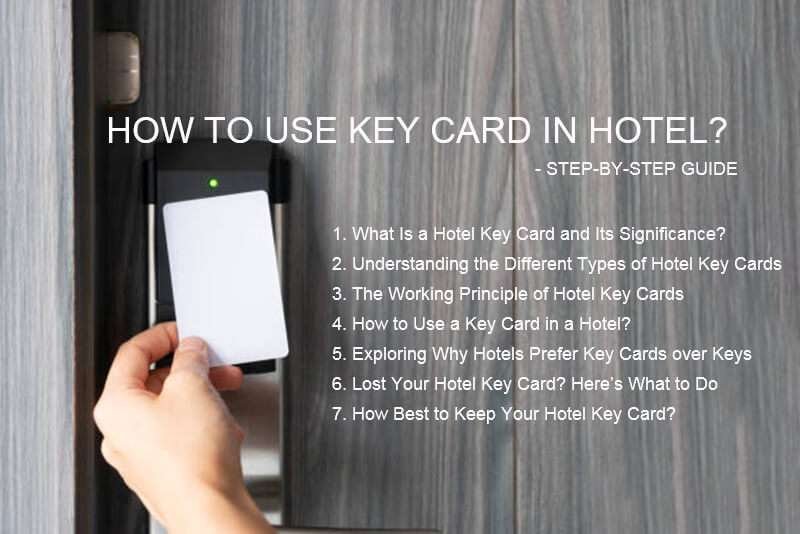
May 26, 2023 | Resources
The use of hotel key cards can bring numerous benefits to both guests and the hotels, such as cost-effectiveness, enhanced security, improved efficiency, and convenience. Consequently,…

